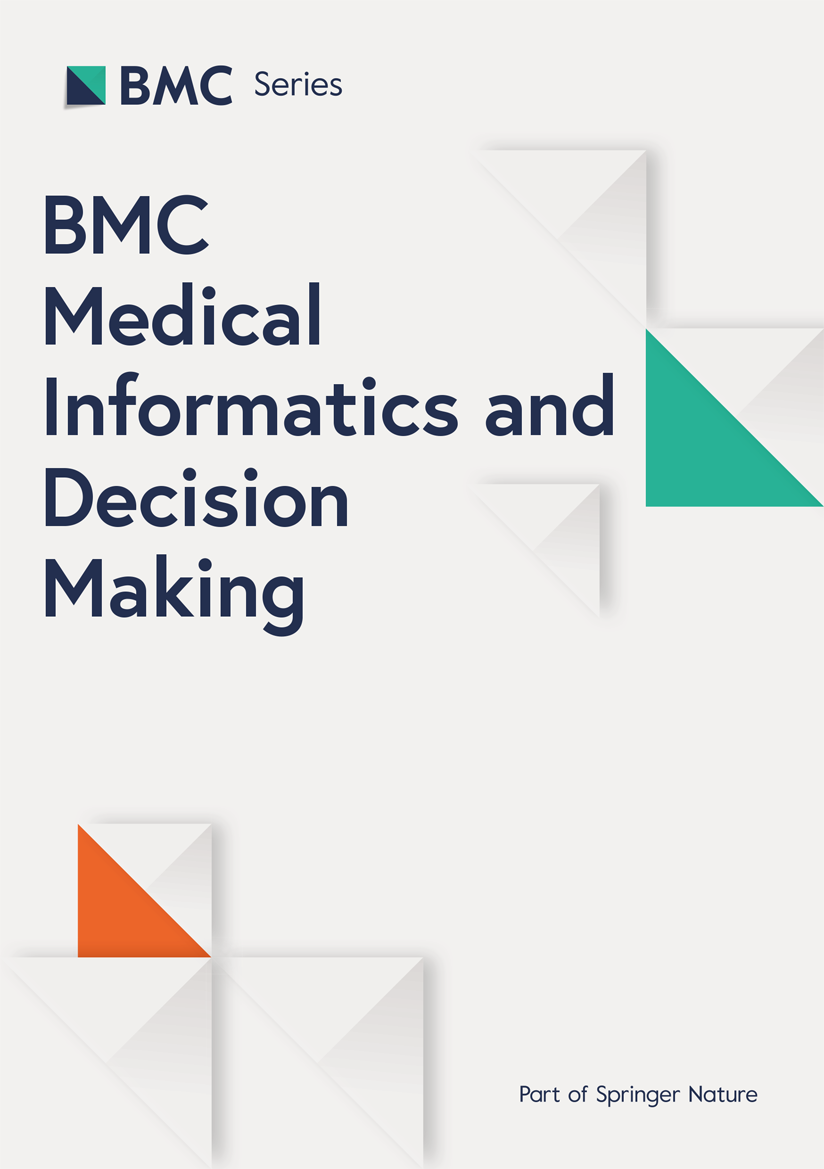The global burden of non-communicable diseases (NCDs) has become increasingly significant over the past century, with cardiovascular diseases (CVDs) representing a substantial portion of this burden. Recent studies, including those conducted by Taheri Soodejani et al. (2024) and Roth et al. (2020), have utilized secondary data analysis to provide comprehensive insights into the evolving landscape of NCDs and their risk factors across diverse populations.
Global Trends in Non-Communicable Diseases
Research by Taheri Soodejani examined the trajectory of non-communicable diseases, emphasizing their rising prevalence and impact over the last hundred years. This study contributes to a growing body of literature that underscores the urgency of addressing NCDs, particularly in low to middle-income countries where resources for healthcare are often limited. The findings correlate with the Global Burden of Disease (GBD) studies, which have reported significant trends in cardiovascular morbidity and mortality globally.
Roth et al. (2020) delivered a detailed update on the global burden of cardiovascular diseases from 1990 to 2019. Their findings indicate that CVDs remain the leading cause of death worldwide, exacerbated by risk factors such as obesity, hypertension, and lifestyle choices. This aligns with data from the GBD 2019 study, which highlights the importance of continuous monitoring and intervention strategies aimed at reducing the burden of these diseases.
Quality of Care and Risk Factors
The quality of care for ischemic heart disease has been systematically analyzed in studies up to 2017, revealing significant disparities in treatment efficacy and patient outcomes across regions. Aminorroaya et al. (2022) emphasized the need for standardized care protocols to optimize treatment for ischemic heart disease globally. This is particularly critical in regions where healthcare infrastructure is underdeveloped.
The prevalence of obesity has been a focal point in understanding the rising incidence of CVDs. Rahmani et al. (2015) conducted a systematic review and meta-analysis on the prevalence of obesity in Iran, illustrating that lifestyle changes and dietary habits substantially contribute to the increasing rates of obesity, thereby complicating the landscape of CVD risk factors. This is further amplified by findings from the Tehran Lipid and Glucose Study, which underscore the significance of preventive measures against non-communicable diseases during nutritional transitions.
Insights from Machine Learning and Predictive Models
Advancements in predictive modeling, particularly using machine learning algorithms, have shown promise in enhancing cardiovascular disease prediction and management. Several studies have emerged that compare conventional risk prediction methods with machine learning approaches. For instance, Faizal et al. (2021) reviewed existing cardiovascular disease risk prediction models, highlighting the potential of AI-driven methodologies to offer more personalized and accurate risk assessments.
Choi et al. (2017) leveraged recurrent neural network models for the early detection of heart failure onset, demonstrating the capability of AI techniques to identify at-risk populations efficiently. Further developments by Alaa et al. (2019) utilized automated machine learning to analyze cardiovascular disease risk among UK biobank participants, showcasing a scalable approach to risk assessment that could be integrated into everyday clinical practice.
The integration of such advanced methodologies signals a shift towards a more data-driven approach in cardiovascular health, promoting the necessity for healthcare systems to adopt these technologies for improved patient outcomes. These models not only enhance accuracy but also provide insights that can inform public health strategies and interventions.
As cardiovascular diseases continue to pose a major global health challenge, it is crucial for researchers and healthcare professionals to adapt their strategies based on insights gained from both traditional epidemiological studies and novel machine learning approaches. The intersection of these fields can pave the way for innovative public health solutions that address the growing burden of non-communicable diseases worldwide.
 Apple Showcases AI Advancements at NeurIPS 2025 with 10 Innovative Papers and Demos
Apple Showcases AI Advancements at NeurIPS 2025 with 10 Innovative Papers and Demos Google DeepMind Launches New AI Research Lab in Singapore to Enhance Local Impact
Google DeepMind Launches New AI Research Lab in Singapore to Enhance Local Impact NIU Innovation Showcase Reveals Advances in AI, Bioplastics, and Nanomanufacturing
NIU Innovation Showcase Reveals Advances in AI, Bioplastics, and Nanomanufacturing Conformal Deep Learning Model Predicts Core Body Temperature Non-Invasively in Extreme Environments
Conformal Deep Learning Model Predicts Core Body Temperature Non-Invasively in Extreme Environments Google DeepMind Launches AI Lab in Singapore to Enhance Regional Language Understanding
Google DeepMind Launches AI Lab in Singapore to Enhance Regional Language Understanding






























































